What is the foundation of all effective marketing?
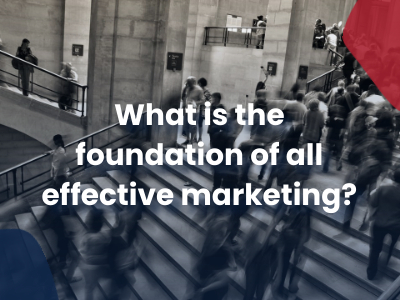
Most people’s favorite part of building a marketing campaign are the visuals. While how your marketing looks is important, who you are sending it to, and how you are sending it should be the first step with any marketing. Those two things inform everyone’s favorite part of marketing: results.
It’s like a luxury car…looks beautiful and sure makes an impression, but if there’s no gas in the tank, it won’t go anywhere. Going (hopefully fast) is the goal!
So, how do you know what the best fuel is for your marketing campaign?
The right fuel is determined by who your audience is, what your campaign objectives are, and the best ways to reach your audience.
Which comes back to the two most common questions we get asked:
- What data do I need for marketing?
- How do I reach my customers?
What data do I need for marketing?
Really the first question is: what data is available? Viant had a great illustration about the different types of marketing data.

Data Types (Explained with Cows)
First-Party Data
You own a cow. You know the cow’s name, what it eats and where it sleeps. These are your customers; you have their contact information in your CRM. They know you have their information.
Second-Party Data

You rent some cows from a friend for a fee but you don’t necessarily know the cow’s name, what it eats, or where it sleeps. You have to pay your friend each time you need some milk. Second-party data is first-party data sold to another company for a specific use. For example, say you own a company and you looking to expand into a new market. You can buy a list of first-party customer data from a company in the new market you are tapping into and market to them for an agreed-upon number of times. However, with the increased privacy and data laws using second-party data can sometimes be problematic.
Third-Party Data
There’s a village full of cows that were bought, rented, or found. The cows with similar traits are herded together and sold to you. You don’t know where the cows came from or sometimes if this is even a real cow. Traditional list data and many digital audiences call into this category. Which is one reason it’s so important to get data from a good source! You need to be able to trust that you aren’t buying fake cows or ones that don’t match the traits you need. Another thing to remember about 3rd party data is that it is the most impacted by the cookie and privacy laws! Relying too much on traditional 3rd party data can set you up for failure in the future.

Looking into the future with post cookie advertising, traditional 2nd and 3rd party data channels are going to change. The ways to gather consumer data have already changed in a lot of ways. For example, Connected TV doesn’t support cookies and instead relies on IP targeting. This is data you can use for marketing but doesn’t have the same types of information you would get with traditional list data. You are going to get demographic data and location data but probably not names or a specific address. Using IP targeting is a great way to maintain your same flow of data-driven campaigns while still working within updated privacy laws.
This is often called people-based data. When you use people-based data you know you are reaching real people in real households.
What data do you actually need?
The data you need is based on two things: What do you know about the people you are trying to reach? What is your goal with this campaign? What you know about who you are trying to reach impacts your demographics and helps informs decisions about methods and channels. Your campaign goal also helps you figure out what channels to use as well as campaign scale and message.
Questions you can ask to help learn about your customers:
- What are their basic demographics?
What gender to they identify as? How old are they? Where do they live? What is their relationship status? Are they educated? - What do they do for work?
What’s their job title and description? But more than that, are they a decision maker? What do they influence at work? - What are their interests?
Do they have hobbies or interests? What do they do in their free time? Are they part of a community? - What do they want and why can’t they have?
This a big thing for figuring out what you can do to help them! What are their goals and dreams? What are their pain points? Like, what keeps them up at night? - Why wouldn’t they buy from you?
What’s stopping them from buying from you? What objections may they have? - What ways would they prefer to interact with you?
Do they use social media? Do like a particular social media? Is a phone call the best way to reach them?
Learning about your customers and the best way to communicate with them is the foundation of effective marketing! Effective marketing = results!
Email List Opt-Ins Explained
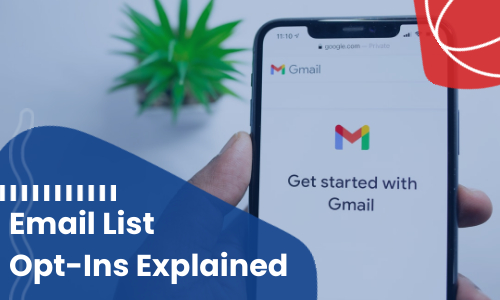
Although “the end of email” has been threatened may times in recent years, this year has shown us that email lists aren’t going anywhere. In fact, more than 50% of people in the US check their personal email over 10 times a day! Most people say that it is still their preferred way to communicate with brands.
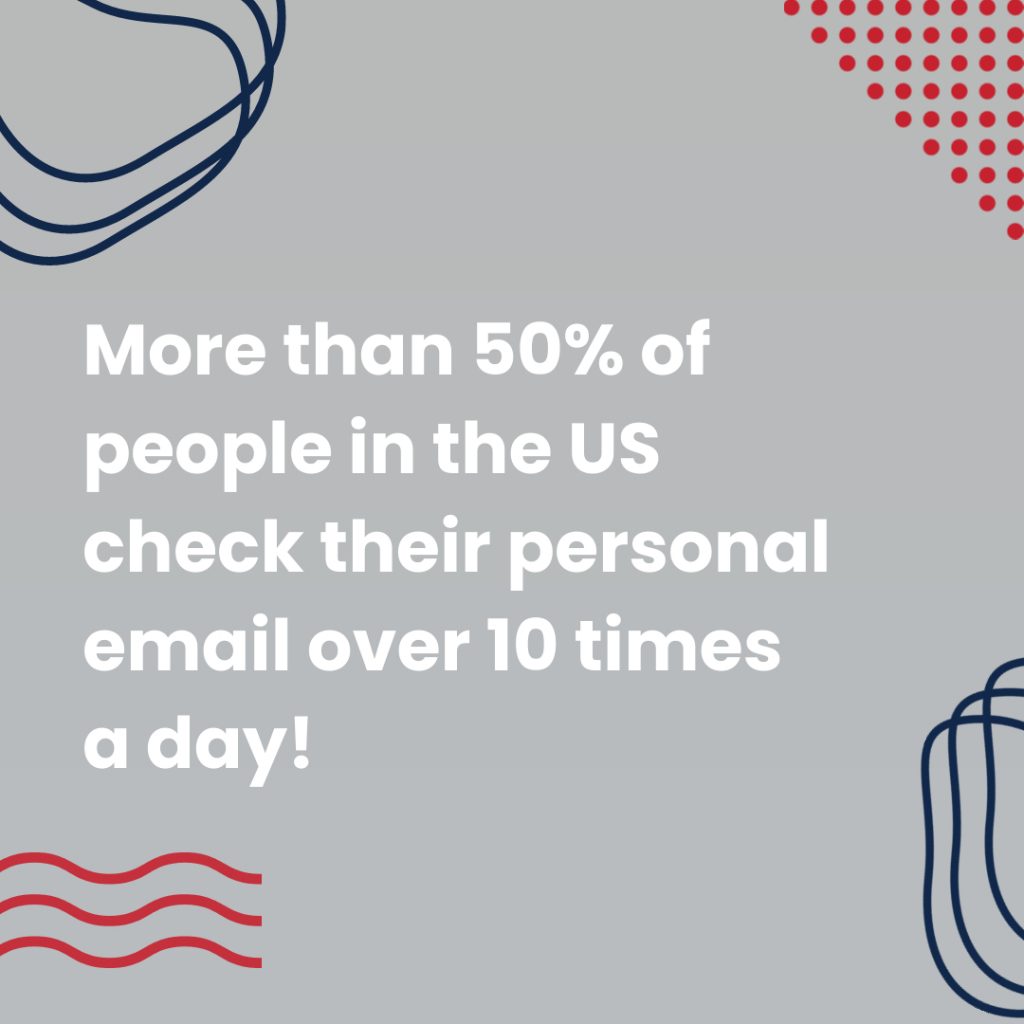
Email Marketing is still a great way to reach a lot of people relatively cheaply. It still is an extremely effective marketing channel.
How Can You Use Email Marketing?
Email Marketing can be used for many purposes. For example, looking to send a high-impact promotion, invitation to an event, a newsletter, an online survey, or want to expand your client list? Email Marketing can do all of that!
Email is a great way for customers to stay in touch with brands and keep up on what ways they can buy from them.
What do the Opt-Ins Mean?
E-mail Marketing doesn’t have to be complicated! There are many available streamlined methods to help you market more effectively and efficiently. There are even multiple types of email lists or processes: Single Opt-in, Double Opt-in, or Guaranteed Open campaigns. Using the right type of campaign can help you simplify the whole process.
- Single opt-in is when an email address is added to your mailing list without needing the address owner to confirm or acknowledge they’ve been opted in. This is great for simplifying the process: for you and the people you are emailing. Less points of contact before a campaign also lower failure rates and raise engagement rates!
- Double opt-in is also sometimes called confirmed opt-in. The second, or double, opt-in is often in the form of a confirmation link sent either to their email or in a subscription activation page. After they confirm their email, then they are added to your mailing list. Double opt-in is great for making sure that your email ends up in your target address’s box. And since the user took the time and effort to do the extra opt-in, you know that they are truly interested in whatever they are opting-in to!
- Guaranteed Open are when you pay for the number of “emails opened” instead of paying for the number of “emails sent.” Guaranteed Open emails are sent in segments until the purchased number of opened emails is reached. Using guaranteed open is a very effective way to make sure your email reaches your desired audience. They are also great for driving traffic to your website!
You may be surprised how easy and affordable it is to connect with your existing or potential customers / members with email marketing!
There Are So Many Benefits of Email Marketing:
- Personalized Connections with Customers
- Collect Feedback and Data About Your Customers
- Drive Sales
- Drive Traffic to Your Website and Products
- Quick Turnaround Time
- Cost Effective and Scalable
- Building First-Party-Data Resources
- Provide Valuable Content for Your Audience
The opportunities and possibilities are endless!
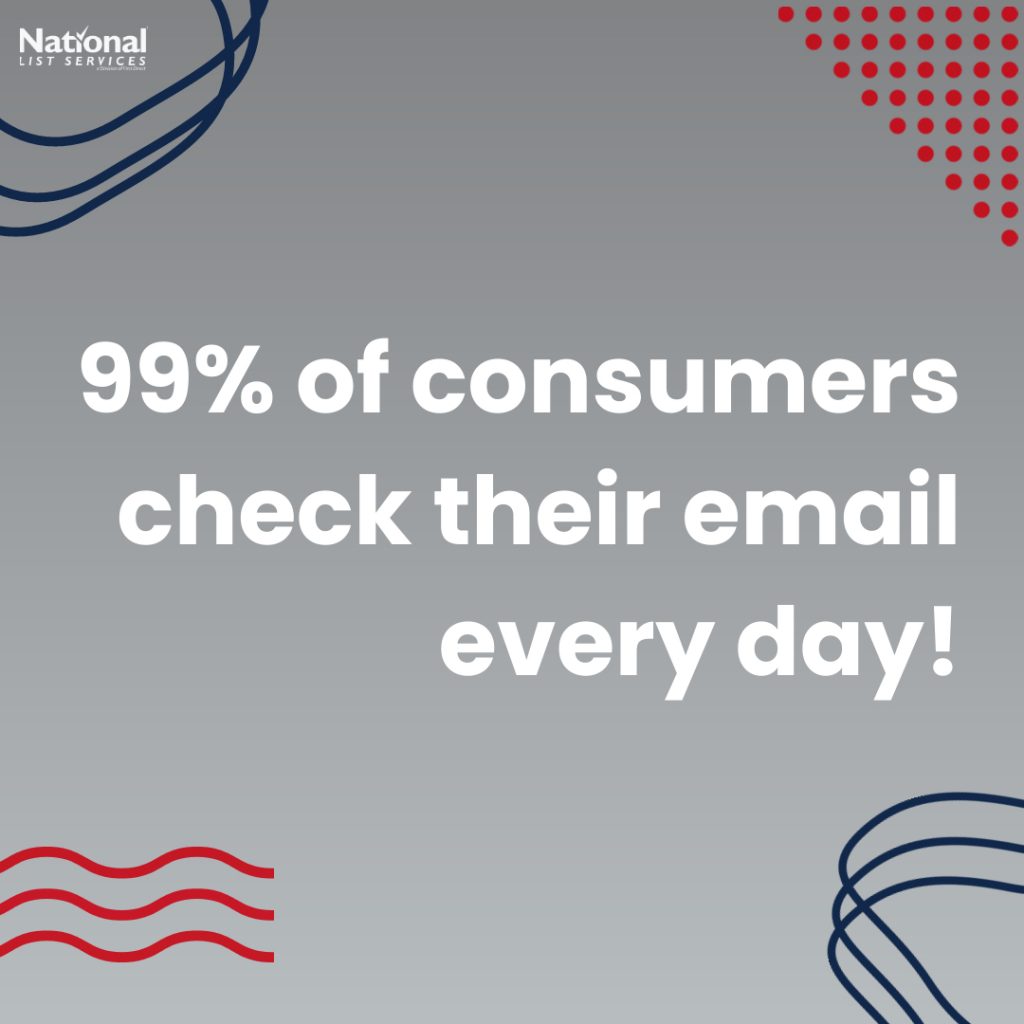
Email Trends… Personalization!
Personalization is a big key in reaching your customer’s heart. Using the customer’s name in things like email subject lines is a good first step. Beyond that you can use audience segmentation to separate your audience into groups that share common characteristics like demographics and behavioral information. Using your audience segments to target your message to things that each group are actually invested in can greatly increase how personal your marketing will feel to the customer.
How to you use email lists?
Let’s Talk First Party Data
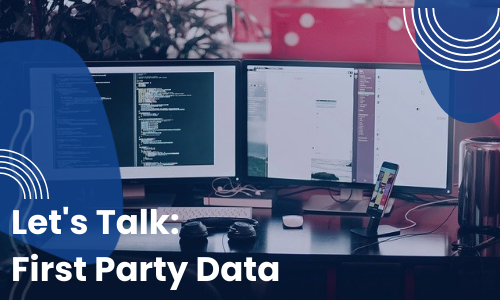
We talk about First Party Data a lot. What it is?
First party data is data that your company has collected directly from your audience which is made up of customers, site visitors, and social media followers. “First party” refers to the party that collected the data firsthand.
First Party Data is collected from the people you have the most to learn from: your current customers! That makes the data as reliable as possible.
How can you collect first party data?
You can attain first party data from your CRM, surveys and subscription-based emails or products. This is also where Google and Social Media Analytics are important.
Google Analytics has a massive list of capabilities and ways to track website data. Using tracking code, Analytics collects information about the way the website was used.
Such as:
- Time of visit
- Pages viewed
- The time spent on each page
- What browser and OS are being used
- Referring site details
- Network location and IP address.
This information can help you see where (and how) traffic is following to and through your website. Google Analytics also has a lot of other tools such as URL Builder that make it easier to track customer data.
Social media analytics are helpful for flushing out the demographics are your most engaged customers. What can you learn about customer from social media? Here’s are some things you can learn:
- What platforms your customers prefer to engage on
- What content do your customers enjoy most
- What type of campaign or advertising works for them?
- Do they have any other hobbies or interests?
- More specific customer demographics, such as age or gender
It’s also super important to connect as many touch points to your customers as possible. The more ways you have to interact with the customer the more likely they are to become a repeat loyal customer. Think about the companies you follow on social media. Have you bought from them? More than once? Are you loyal to them? Do you agree with their mission and goals? Following companies on social media feels like a personal one-on-one connection and generates loyalty.
Organization is Key
The next step of having/using first party data is organization. Having important information about your customers and leads doesn’t do much good if you can’t find it or if it’s connected properly. No matter what size your business is, having a CRM is key. The days of using a Rolodex are long gone. Now there a lot more channels of data to connect to a contact.
For example, in our CRM we keep track of more than just name, company, phone, and email. Our CRM keeps track of what social media we are connected on and any times the contact has engaged with us. We have it set up so that the CRM assigns a number value to actions a contact or lead can take, such as opening emails, clicking links, liking a post, and any orders.
How does all that information benefit us?
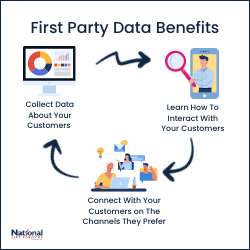
There are many ways! For one, we can use the information we have to target or retarget contacts, leads, and prospects. We can try different channels and types of touches until we find which one they respond best to. Having more than one channel connected to each contact makes multichannel campaigns possible.
The other advantage to First Party Data is that you can collect data and analytics about your customers from the channels you are using to constantly to learn more about your demographics and your customer’s buying habits. The more channels you use the easier it will be to learn about your customer. Then the more customers you have the more information you can learn about your potential target audience. You can use a Look-A-Like to build a list of potentials you can target based on information on your current customers.
What ways do use First Party Data?
Here’s how First Party Data might the key to the future cookie-less world.
Customer Identity in the New Normal

We all acknowledge this this year has created a new normal in marketing. (and everything.) We have learned to be adaptable and prepare for the unexpected. Digital is king and therefore, data is more important than ever. However, we also know that Google is phasing out 3rd party cookies and that iOS 14 allows users to opt out of their IDFA (identifier for advertisers.) It’s a perfect storm of conflicting advertising trends. How do follow our audiences online without being able to identify them?
So, what information do we actually need about our customers? We be able to connect our first party data to the many different advertising personas and IDs that are going to replace cookies. We also need to be able to link personas across different channels. For example, we need to know that the “John” who is currently on our website is the same “John” who is in our CRM, and not another member of “John’s” household. Being able to identify known customers will be crucial to retargeting and analytics.
In order to accomplish this, you are going to need a robust CRM to manger all your first party data. You will also need data provider that is creative and understands how to apply the data.
Pixel data is going to be even more important in identifying customers that are on your website.
Getting consent from customers to use their data is also important, because as soon as someone starts to interact with your brand you should begin to build their profile. We still have over a year before Google starts to phase out cookies, so now is the time to prepare and gather as much 1st party data as possible!
